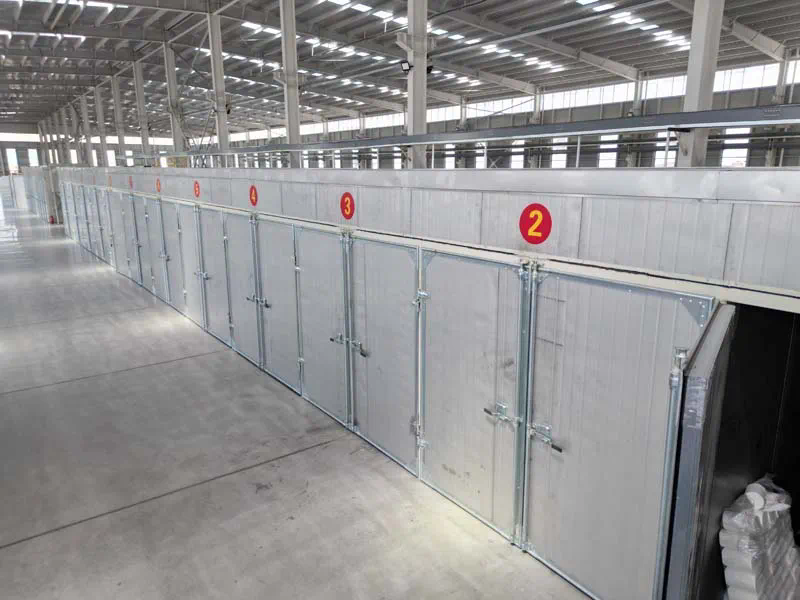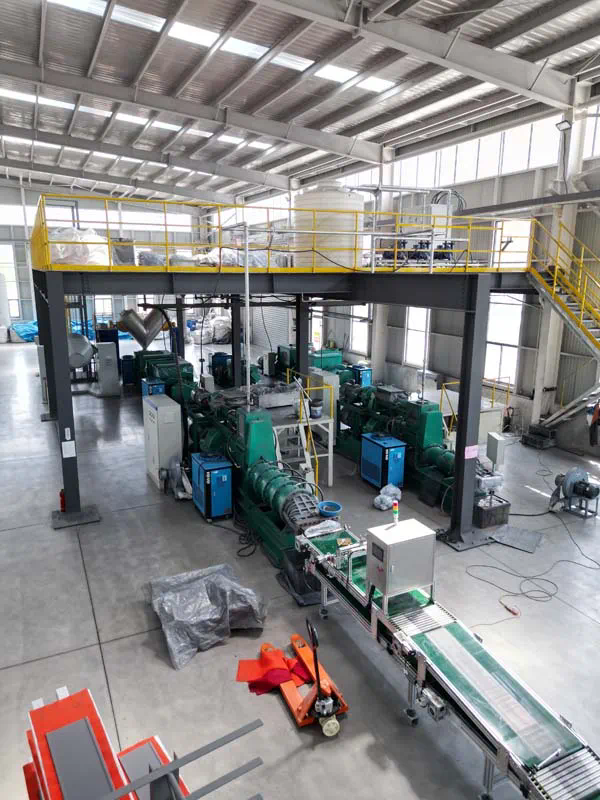Silicon carbide special ceramics in modern industry in a variety of applications
Silicon Carbide Special Ceramics in Modern Industry: Applications and Advancements
Silicon carbide (SiC) special ceramics have revolutionized numerous industries with their exceptional properties and versatility. From automotive to aerospace, electronics to energy, SiC ceramics play a pivotal role in enhancing performance, efficiency, and reliability across various applications. This article explores the extensive use of SiC ceramics in modern industry, detailing their applications, benefits, and advancements.

Introduction to Silicon Carbide Special Ceramics
Silicon carbide, a compound of silicon and carbon, offers a unique combination of mechanical, thermal, and chemical properties that make it highly desirable for specialized ceramic applications. These ceramics are engineered to withstand extreme conditions, including high temperatures, corrosive environments, and abrasive wear, making them indispensable in modern industrial settings.
Composition and Structure
SiC ceramics typically consist of silicon and carbon atoms arranged in a crystalline structure. The material can be synthesized in various forms, including alpha and beta phases, each offering distinct properties suited for specific applications. The ceramic’s structure influences its mechanical strength, thermal conductivity, and resistance to thermal shock, key factors driving its widespread adoption.
Applications in Automotive Industry
In the automotive sector, SiC ceramics are extensively used due to their ability to withstand high temperatures and mechanical stress, making them ideal for components such as brake discs, engine parts, and bearings. The ceramics’ exceptional thermal conductivity enhances brake performance, reduces wear, and improves overall vehicle efficiency. Moreover, SiC ceramics contribute to lightweighting efforts, crucial for achieving fuel efficiency and reducing carbon emissions.
Brake Discs and Components
SiC ceramic brake discs offer superior performance compared to traditional materials like steel. Their high thermal conductivity ensures efficient heat dissipation, preventing brake fade and ensuring consistent braking performance even under extreme conditions. Automotive manufacturers leverage SiC ceramics to enhance safety, durability, and performance in high-performance vehicles and electric vehicles (EVs).
Applications in Aerospace Industry
In aerospace applications, where performance and reliability are paramount, SiC ceramics find extensive use in components subjected to extreme temperatures, high stress, and harsh environments. The ceramics’ lightweight nature and ability to withstand thermal cycling make them ideal for aerospace applications, including turbine components, thermal protection systems, and rocket nozzles.
Turbine Components
SiC ceramics are employed in gas turbine engines for their ability to withstand temperatures exceeding those tolerated by metallic alloys. Their high strength-to-weight ratio and excellent thermal stability enhance engine efficiency and durability. SiC-based turbine components contribute to fuel efficiency improvements and extended maintenance intervals, reducing operational costs and enhancing overall aircraft performance.
Applications in Electronics and Semiconductors
In the electronics and semiconductor industries, SiC ceramics play a pivotal role in enabling high-power devices, advanced sensors, and efficient power conversion systems. The ceramics’ unique electrical properties, including high breakdown voltage and thermal conductivity, support the development of next-generation electronics for applications ranging from power grids to electric vehicles.
Power Electronics and Devices
SiC-based power electronics offer significant advantages over traditional silicon-based devices, including higher Crucible Sagger switching frequencies, reduced power losses, and increased operational efficiency. These properties make SiC ceramics ideal for power inverters, converters, and motor drives in electric vehicles, renewable energy systems, and industrial applications. The ceramics’ ability to operate at higher temperatures enhances device reliability and longevity, crucial for demanding environments.
Applications in Energy Sector
In the energy sector, SiC ceramics contribute to advancements in renewable energy generation, energy storage, and grid infrastructure. The ceramics’ superior thermal management capabilities and resistance to harsh operating conditions enable efficient energy conversion and storage solutions, supporting the transition towards sustainable energy sources.
Solar Power Systems
SiC ceramics are integral to solar inverters and photovoltaic (PV) systems, where they facilitate efficient power conversion and maximize energy harvest from solar panels. Their high-temperature stability and durability ensure reliable performance in outdoor environments, reducing maintenance requirements and extending system lifespan. SiC-based inverters enable higher power densities and improved energy conversion efficiencies, enhancing overall macrocosmmaterial solar system performance.
Advancements and Future Trends
The field of SiC ceramics continues to evolve with ongoing advancements in material synthesis, processing technologies, and application development. Emerging trends include the integration of SiC ceramics into 3D printing processes, enabling complex geometries and customized designs for specific industrial applications. Additionally, research efforts focus on enhancing SiC ceramic properties, such as increasing fracture toughness and reducing manufacturing costs, to expand their applicability across diverse sectors.

3D Printing and Customization
Additive manufacturing techniques enable the production of intricate SiC ceramic components with enhanced geometrical complexity and structural integrity. This capability facilitates rapid prototyping and customization of parts for aerospace, automotive, and electronics industries, accelerating innovation and reducing time-to-market for new products. The adoption of 3D printing in SiC ceramics signifies a paradigm shift towards sustainable manufacturing practices and enhanced design flexibility.
Conclusion
In conclusion, silicon carbide special ceramics represent a cornerstone of modern industrial applications, offering unparalleled performance, reliability, and efficiency across diverse sectors. From automotive and aerospace industries to electronics and energy sectors, SiC ceramics continue to drive innovation, enabling technological advancements and sustainable solutions. As research and development efforts expand, the future holds promising opportunities for further enhancing SiC ceramic properties and unlocking new applications, shaping the landscape of modern industry.

https://flycatcoo.com/

